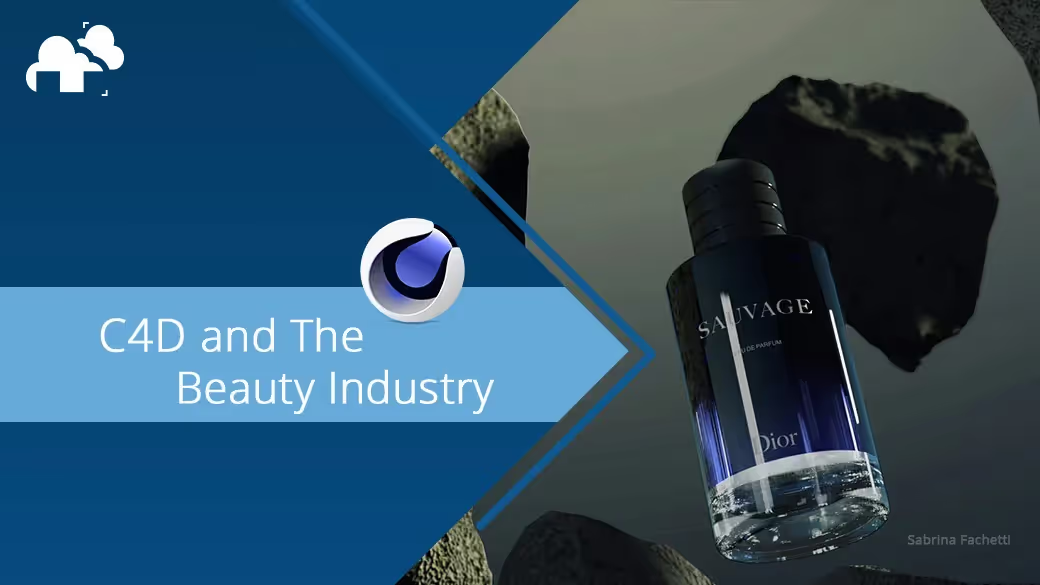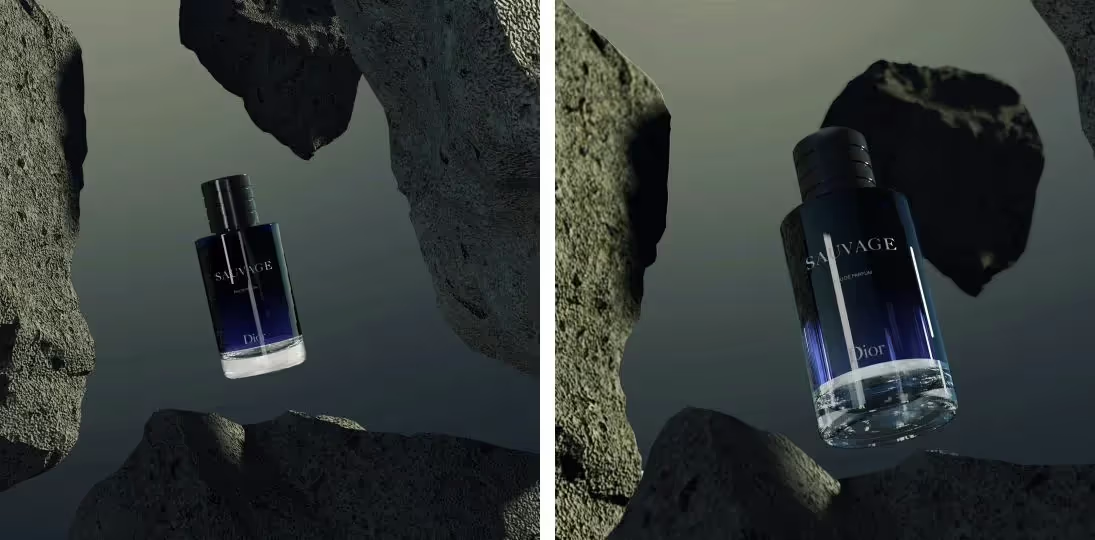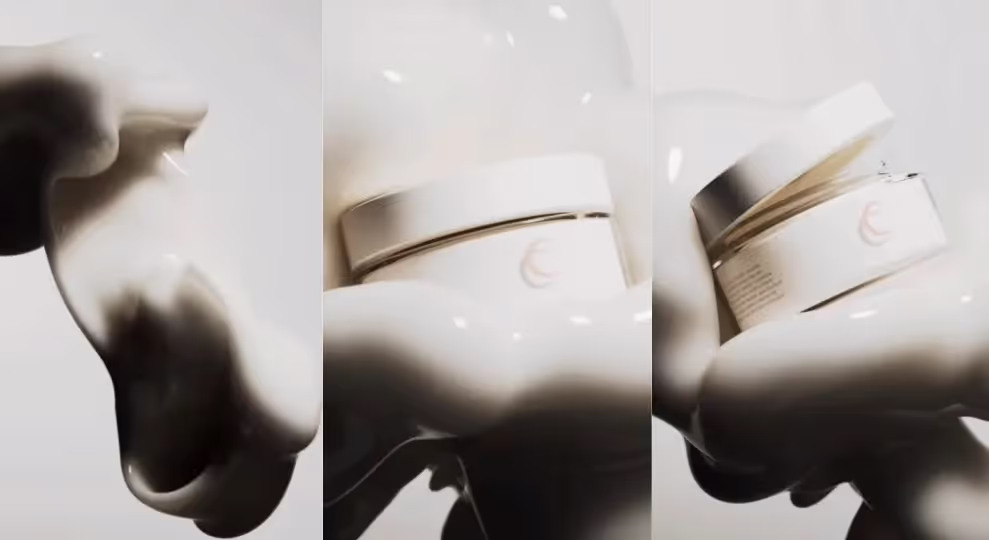
In modern advertising, where capturing consumers' attention is an ever-evolving challenge, the doors of Computer-Generated Imagery (CGI) have swung wide open. Nowhere is this revolution more pronounced than in the beauty and skincare industry, where CGI has become the key to unlocking a new realm of immersive visual experiences.
In this article, we will explore how CGI, particularly with the robust capabilities of Cinema 4D, and the fast render times you can get from a Cinema 4D render farm, has transformed the way products are presented, engaging customers in unprecedented ways.
Advertising has come a long way from static billboards and glossy magazine spreads. In the digital age, where consumers are inundated with content, the demand for more engaging and immersive advertising has never been higher. Enter CGI, a technological marvel that allows brands to transcend the limitations of traditional advertising and photography.
The beauty and skincare industry, in particular, has seized the potential of CGI to create visuals that not only showcase products but immerse customers in a multisensory experience. Gone are the days of static images; now, designers and marketers leverage CGI to craft dynamic, emotionally resonant narratives that speak directly to consumers.
At the forefront of this visual revolution is the ability of CGI to create lifelike textures and aesthetics. In the beauty industry, where the tactile and visual aspects of products are paramount,
CGI offers unparalleled advantages. Whether it's the softness of a cream, the sheen of a lip gloss, or the sparkle of a highlighter, CGI enables designers to meticulously craft textures that invite consumers to virtually touch and feel the products.
One of the remarkable aspects of CGI in beauty advertising is its capability to simulate fluids and textures realistically. From the gentle flow of a serum to the rich lather of a cleanser, CGI allows for dynamic representations that go beyond what traditional photography can achieve. This adds a layer of sophistication, capturing not only the look but also the functional aspects of the products.
In the beauty industry, the setting is as crucial as the product itself. While traditional shoots are constrained by physical limitations, CGI liberates designers to explore avant-garde settings limited only by their imagination. Brands can transport consumers to otherworldly landscapes, futuristic realms, or ethereal dreamscapes, creating a narrative that enhances the product's allure.
Cinema 4D, a powerful CGI tool, emerges as a cornerstone in this creative process. With its user-friendly interface and robust features, C4D enables designers to push the boundaries of what's possible. From intricate particle effects to realistic fluid simulations, C4D empowers artists to create visually stunning environments that elevate beauty and skincare products to an entirely new level.

CGI visualization of Dior Sauvage. The men's fragrance collection Sauvage is defined as an act of creation inspired by wide-open spaces. A composition marked by a raw freshness, powerful and noble all at once. An ozone-blue sky sprawled above a rocky landscape, white-hot beneath the desert sun.
With this visualization, the goal was to highlight these elements and at the same time create timeless visuals that can evoke in the customer feelings of wilderness and freedom that inspired the creation of the product itself making the customers dream through the aesthetics of the brand attracts, involves and visually defines a sense of belonging.
Cinema 4D software features have made this all possible to do in a timely and efficient fashion.

Macro animation of a simulation of how Cortex Botanical Repair acts on damaged hair nourishing it with a micro green blend that restores and protects working on structure, color, and shine.
CGI not only revolutionizes still imagery but also takes motion visuals to unprecedented heights. While traditional videography can capture moments, CGI adds a layer of depth and intimacy that is hard to achieve otherwise. Fluid simulations, particle effects, and realistic textures come alive in motion, allowing marketers to tell a compelling story that resonates with consumers on a profound level.
However, not all CGI tools are created equal, and Cinema 4D distinguishes itself by seamlessly integrating with the workflow of designers and animators. Its intuitive controls and robust rendering capabilities make it an ideal choice for creating engaging and realistic visuals, especially in the context of animated content where dynamic perspectives and close-ups are paramount.
Cinema 4D stands out as a powerhouse in the CGI landscape, offering a suite of features that align perfectly with the needs of beauty and skincare advertising. Its advanced texturing tools allow for the creation of lifelike surfaces, enabling designers to showcase the intricate details of products with unparalleled realism.
The software's dynamic simulation capabilities extend to fluids, particles, and textures, providing a canvas for artists to bring their creative visions to life. Whether it's the delicate dance of particles in a fragrance advertisement or the realistic depiction of a skincare product's hydrating properties, Cinema 4D is the tool that transforms concepts into captivating visuals.

Sequence from an animation showcasing and highlighting the texture and the details of the skincare product in an avant-garde concept that evokes nourishing and delicate emotions.
While traditional photography and post-production editing may suffice for still images, the dynamic nature of videography demands a level of innovation that CGI delivers effortlessly. CGI not only captures the essence of beauty products but also invites consumers to experience them in ways that transcend the limitations of the physical world.
In conclusion, the marriage of CGI, particularly with the unparalleled capabilities of Cinema 4D, has ushered in a new era of beauty and skincare advertising. By harnessing the power of realistic simulations, avant-garde settings, and dynamic visuals, designers and marketers can forge deeper connections with consumers. As technology continues to evolve, CGI remains at the forefront of the beauty industry, reshaping the way we perceive and engage with products in an ever-expanding digital landscape.